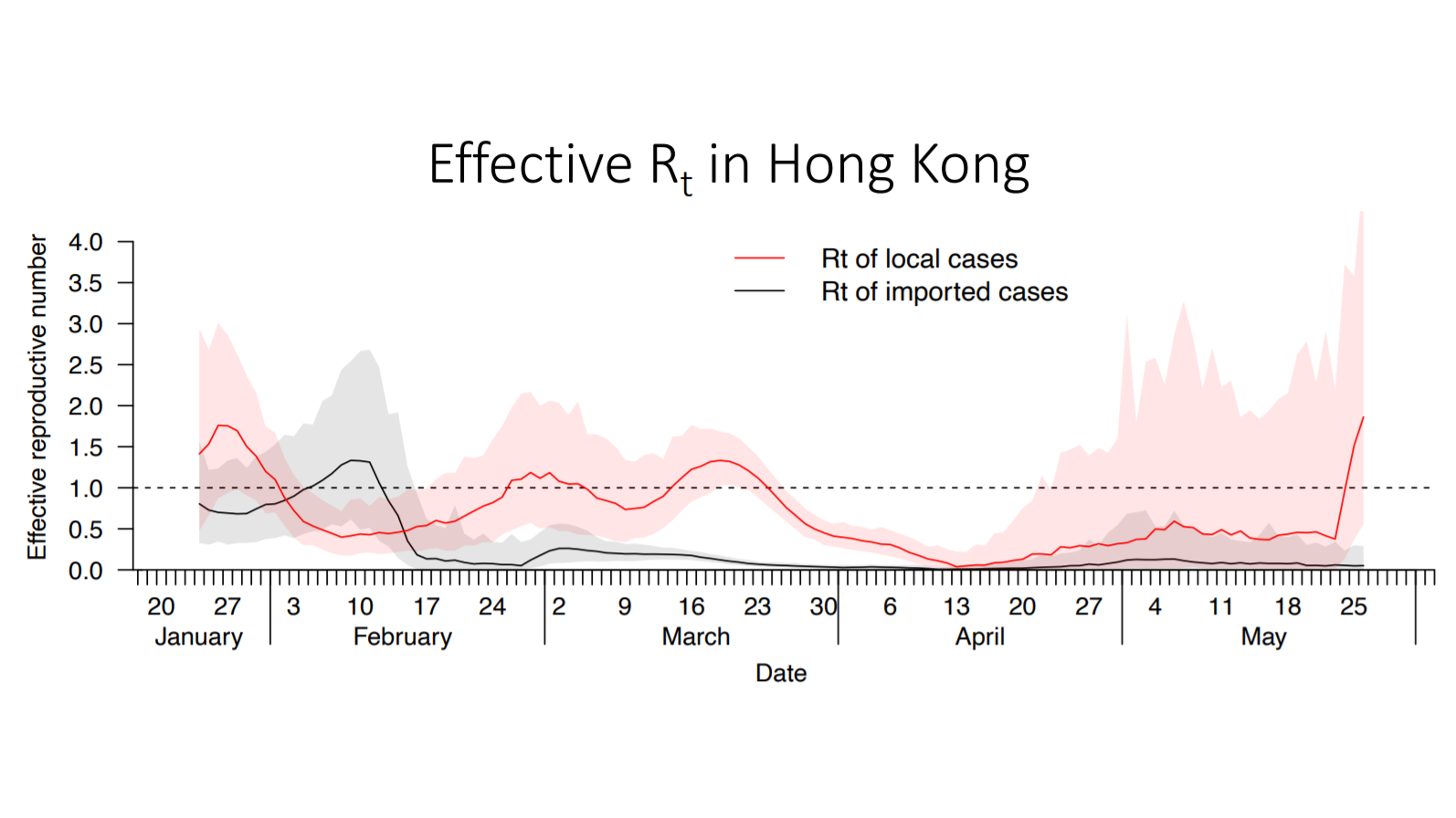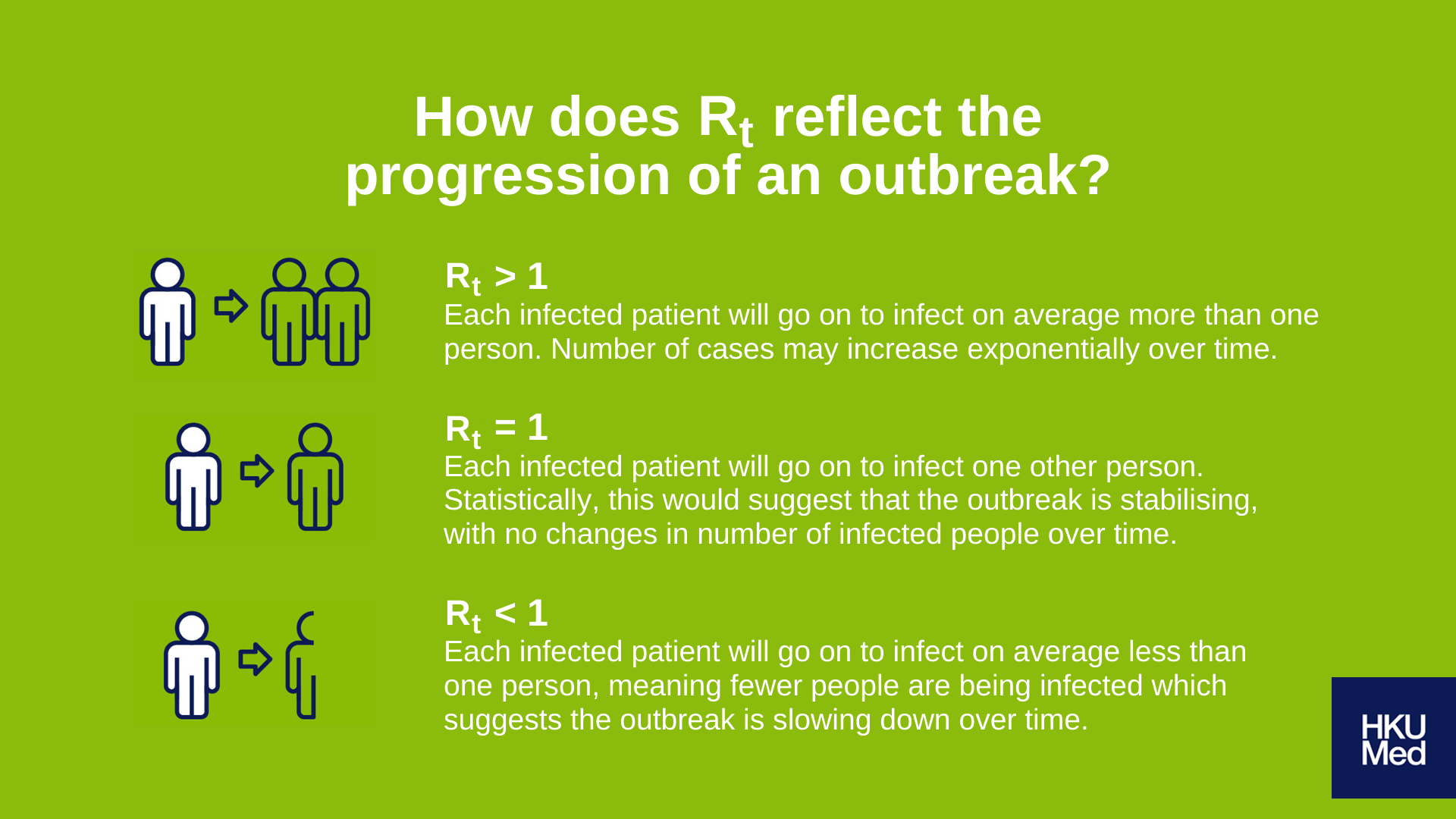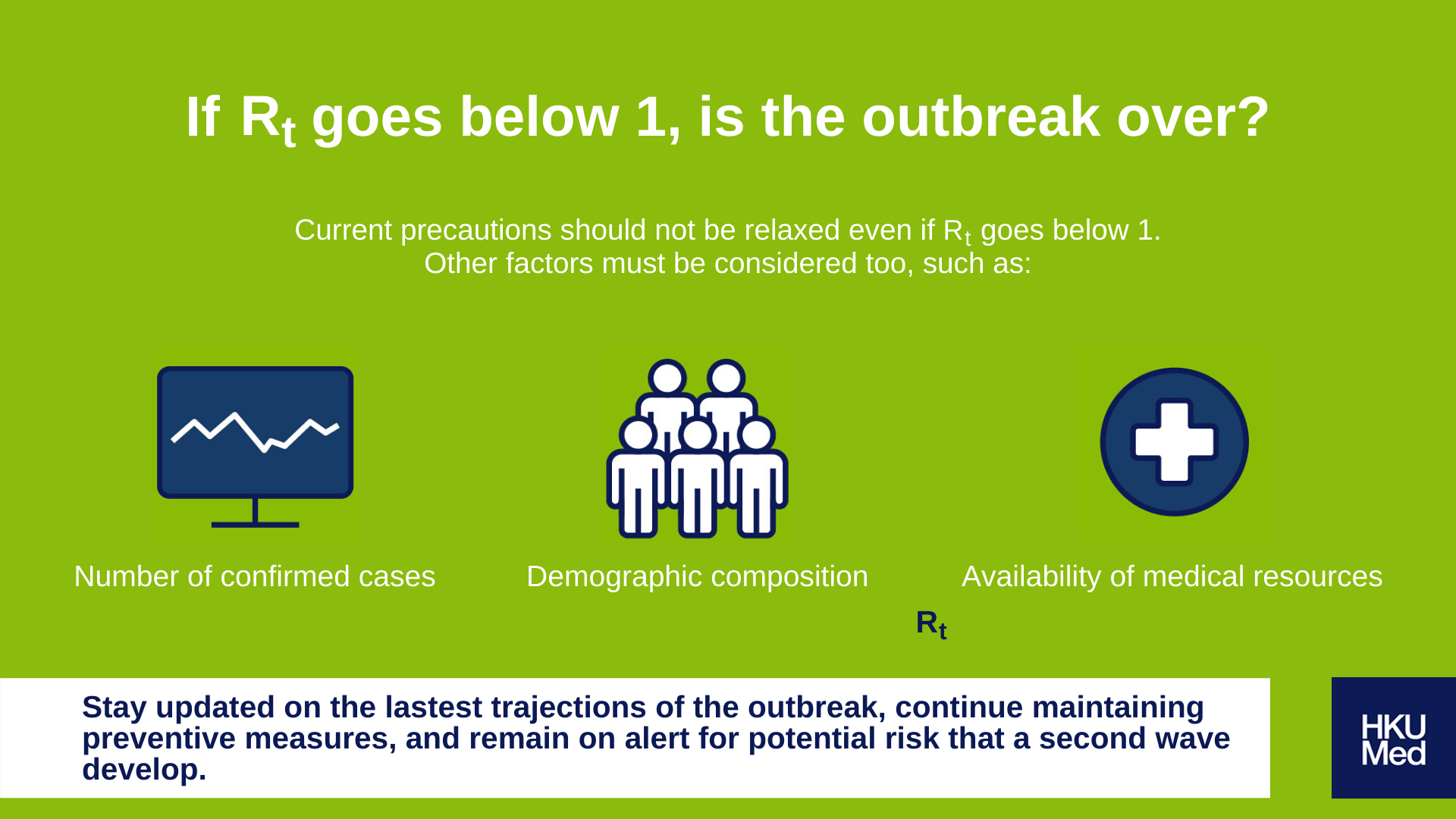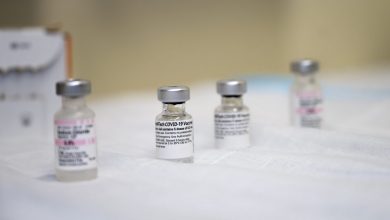Understanding “Effective Reproduction Number”
Health article and healthographics by HKUMed
In light of a recent string of local cases of COVID-19 in Hong Kong, HKUMed researchers have warned that these cases may indicate a superspreading event is happening in the city.
As previous studies have found that approximately 20% of the cases are responsible for 80% of all transmission events, Professor Gabriel Leung emphasised the importance of contact tracing these 20% of cases in order to effectively control the spread of COVID-19.
However, looking at the daily reported cases alone may not paint the most accurate picture when assessing the severity of an outbreak. As a result, epidemiologists often focus on two key statistics when discussing transmission trends and growth rates – basic reproduction number (R0), and effective reproduction number at time (Rt). Understanding the implications of these two numbers allows governing officials and health systems greater insights into the developmental trends of the outbreak, and therefore a more accurate assessment of effectiveness in public health protocols, allocation of bed spaces at hospitals etc.

Q1. What is the ‘basic reproduction number’ (R0) and ‘effective reproduction number at time’ (Rt)?

Q2. How is Rt reflective of the current pandemic progression?

Q3. Assuming Rt goes below 1, is the outbreak over?

While it may be encouraging to see Rt go below 1, this does not necessarily mean we can immediately relax current health protocols and precautions, as there are other factors to consider as well, such as the number of confirmed cases, demographic composition, and availability of medical resources.
For example, if a double-digit daily growth of confirmed cases is observed in a population of ten million, then Rt of 1 would be acceptable. However, should the daily growth reach triple or even quadruple digits, then the same Rt rate of 1 would pose additional implications in terms of outbreak potential. All in all, it is crucial for communities to remain vigilant in order to suppress the Rt number as much as possible (i.e. maintaining it at 0.1 to 0.2) for a sustained amount of time, as only then would the outbreak be possibly contained.
Since January, HKUMed researchers have been conducting interviews on citizens’ attitudes towards preventive measures against COVID-19. While over 90% of the respondents say they have been wearing masks, the use of a mask is “necessary but insufficient” on itself in preventing COVID-19 transmission, according to the team. Other measures, such as work-from-home arrangements and social distancing, should also be practised,
The team recommends that Hong Kong improve its COVID-19 testing capacity (especially for high-risk groups) in both public and private health care, and also scale up contact tracing capacity.



